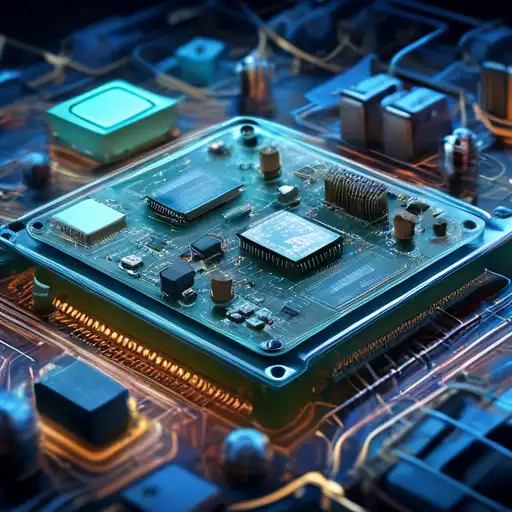The Hidden Heroes: How Embedded Systems Power Our Smart Devices
In the digital age, smart devices have become an integral part of our daily lives. From smartphones to smart refrigerators, these devices make our lives easier, more efficient, and more connected. But have you ever wondered what powers these devices? The answer lies in embedded systems, the unsung heroes behind the functionality of smart devices.
What Are Embedded Systems?
Embedded systems are specialized computing systems that perform dedicated functions within larger mechanical or electrical systems. Unlike general-purpose computers, which are designed to handle a wide range of tasks, embedded systems are tailored to perform specific tasks with high efficiency and reliability.
The Role of Embedded Systems in Smart Devices
Smart devices rely on embedded systems to process data, execute commands, and interact with users. For example, in a smart thermostat, the embedded system controls the temperature based on user preferences and environmental conditions. Similarly, in a smartwatch, the embedded system tracks health metrics and displays notifications.
Key Components of Embedded Systems
Embedded systems consist of several key components, including:
- Microprocessor or Microcontroller: The brain of the system that executes instructions.
- Memory: Stores data and program instructions.
- Input/Output Interfaces: Allow the system to interact with external devices.
- Software: The program that defines the system's functionality.
Advantages of Embedded Systems in Smart Devices
Embedded systems offer numerous advantages, such as:
- Efficiency: They are optimized for specific tasks, ensuring high performance.
- Reliability: Designed to operate continuously without failure.
- Cost-Effectiveness: Mass production reduces the cost per unit.
- Compact Size: Their small form factor makes them ideal for portable devices.
Future Trends in Embedded Systems
The future of embedded systems is bright, with advancements in artificial intelligence (AI), machine learning (ML), and the Internet of Things (IoT) driving innovation. These technologies are enabling embedded systems to become more intelligent, autonomous, and interconnected, paving the way for smarter and more responsive devices.
Conclusion
Embedded systems are the backbone of smart devices, enabling them to perform complex tasks with precision and efficiency. As technology continues to evolve, embedded systems will play an even more critical role in shaping the future of smart devices. Whether it's a smart home, a wearable device, or an industrial machine, embedded systems are the hidden heroes that make it all possible.
For more insights into the world of technology and innovation, check out our Tech Innovations section.
